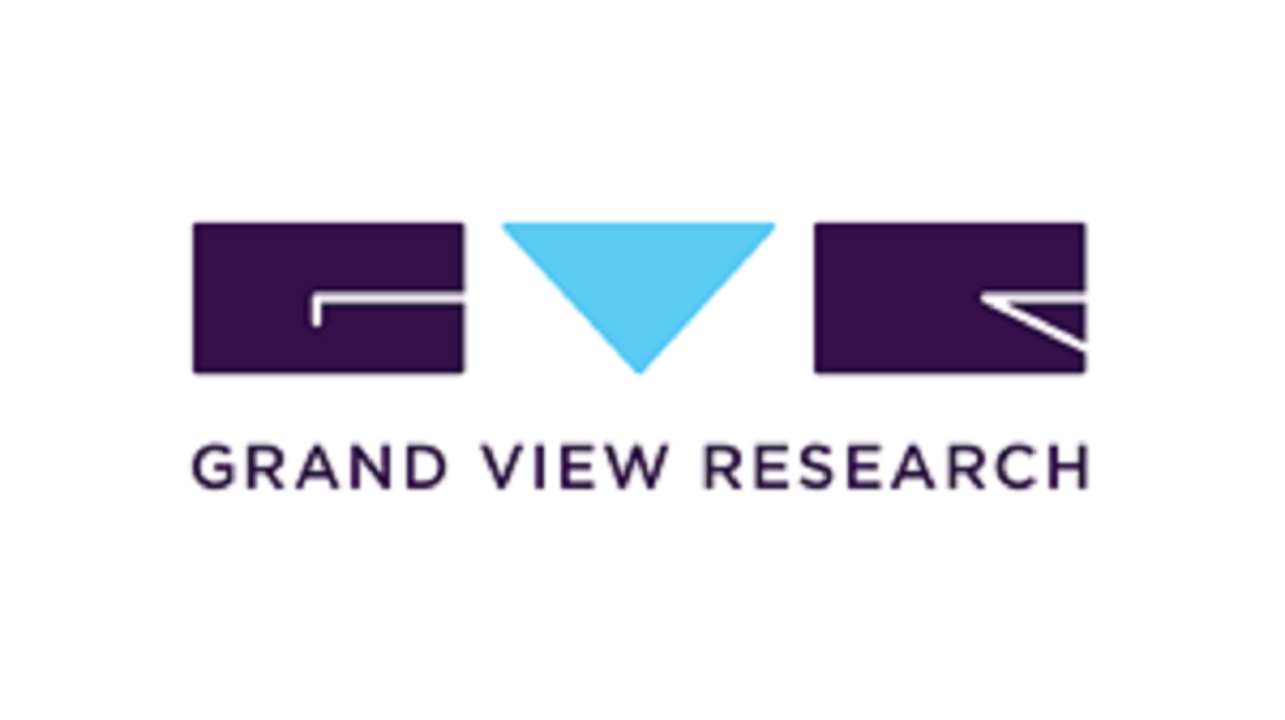The Germany health insurance market, measured by Gross Written Premium (GWP), was valued at USD 389.15 billion in 2024 and is projected to grow steadily at a compound annual growth rate (CAGR) of 5.30% between 2025 and 2030. In terms of New Business Premium (NBP), the market was valued at USD 5.06 billion in 2024, with a more moderate growth rate expected at a CAGR of 1.00% over the same forecast period.
One of the primary factors driving this growth is the rising cost of healthcare in Germany, which has significantly increased demand for both public and private health insurance coverage. Healthcare expenses in the country have been escalating due to multiple factors, including the increasing prevalence of chronic diseases such as diabetes and cardiovascular conditions, the rising costs associated with advanced medical treatments, and ongoing investments in expanding and modernizing healthcare infrastructure across the nation.
To illustrate, the cost for surgical treatment of heart disease at German clinics generally ranges from USD 15,000 to USD 45,000, depending on the complexity of the procedure and the specific treatment required. These considerable expenses underscore the critical need for comprehensive health insurance coverage to protect patients from potentially burdensome out-of-pocket costs.
In response to this growing financial demand, statutory (public) health insurance providers in Germany have been enhancing their existing policies. Their goal is to ensure that healthcare remains broadly accessible and affordable to the population by offering comprehensive coverage options that address the rising medical costs. At the same time, private health insurance companies are innovating by designing customized insurance plans that offer greater financial protection, more extensive healthcare choices, and added flexibility to meet the diverse needs of consumers.
Key Market Trends & Insights:
• The insurance type segment in the German health insurance market is primarily divided into two categories: public and private insurance. The public insurance segment is further broken down into corporate policies and retail policies. In 2024, the public insurance segment dominated the overall market, holding the largest revenue share of 86.5%. This segment is also expected to register the fastest growth rate throughout the forecast period, underscoring its continued prominence and expanding role in the German health insurance landscape.
• Within the public insurance segment, the retail policy category led the market in 2024, accounting for the largest revenue share of 55.5%. The retail policy segment’s growth is largely driven by a diverse group of consumers including individual policyholders, self-employed professionals, freelancers, and expatriates residing in Germany. These groups seek flexible and comprehensive healthcare coverage options tailored to their specific needs, which has fueled strong demand in this segment.
• Regarding the distribution channels in 2024, the single company broker segment held the dominant position with the largest revenue share of 39.3%. Single company brokers operate as exclusive agents representing just one insurance provider, which allows them to offer highly personalized insurance advisory services. Their focused expertise helps individuals and businesses navigate insurance options effectively, contributing to their leading position in the market.
Order a free sample PDF of the Germany Health Insurance Market Intelligence Study, published by Grand View Research.
Market Size & Forecast:
• 2024 Market Size: USD 389.15 Billion
• 2030 Projected Market Size: USD 529.70 Billion
• CAGR (2025-2030): 5.30%
Key Companies & Market Share Insights:
Within the public (statutory) health insurance segment in Germany, the market is notably consolidated among several major public insurers. As of 2023, approximately 96 statutory health insurance funds are operational across the country. Among these, Techniker Krankenkasse (TK) stands out as the largest statutory health insurer, boasting a membership base of around 11.8 million individuals. Another key player in this sector is Barmer, which serves approximately 8.68 million insured members, making it one of the most significant competitors. Additionally, the Allgemeine Ortskrankenkasse (AOK), which operates through multiple regional branches, collectively provides coverage to nearly 27 million people throughout Germany, highlighting its extensive reach and importance within the statutory insurance framework.
On the other hand, the private health insurance sector in Germany is much more fragmented compared to the public segment, with 46 accredited insurance companies actively operating in this space. Among these private insurers, Allianz is a prominent leader, recognized as one of the largest global insurance groups. Allianz offers a broad range of health insurance products designed to meet the needs of diverse customer segments, including individuals, families, and corporate clients. Debeka is another major player within the private insurance market, particularly well-known for its strong presence among civil servants and higher-income groups, where it holds a significant market share.
Other notable private health insurers include AXA, DKV (a subsidiary of the ERGO Group), and Gothaer Group. These companies compete vigorously by offering flexible, tailored insurance plans, with a strong focus on providing personalized coverage options and enhancing overall customer experience. This competitive landscape in the private sector fosters innovation and variety, catering to consumers seeking customizable health insurance solutions beyond the statutory options.
Key Players
• Allianz Se
• Debeka Krankenversicherungsvere A.g.
• Generali Deutschland
• Gothaer Kv Ag
• Axa Konzern Ag
• Union Krankenvers.
• Signal Iduna Kranken
• Barmenia Kv Ag
• Dkv Deutsche Krankenversicherung
• Bayerische Beamten K
• Continentale Kranken
• Huk-coburg Kranken
• Hansemerkur Kv Ag
• Hallesche Kranken
• Süddeutsche Kranken
Explore Horizon Databook – The world's most expansive market intelligence platform developed by Grand View Research.
Conclusion:
The Germany health insurance market is experiencing steady growth driven by rising healthcare costs and increasing demand for comprehensive coverage. Both public and private sectors are evolving to meet consumer needs, with public insurance maintaining a dominant share while private insurers focus on tailored, flexible plans. Innovations in product offerings and expanding customer bases, along with regulatory support, are expected to sustain market growth over the coming years.


